EU Defence Spending: Report Highlights Reliance on US
By Lorne Cook, Brussels Sep 09, 2024 19:32
EU countries rely heavily on US defense equipment, with a report warning of a lack of investment in joint military projects and European defense industry.
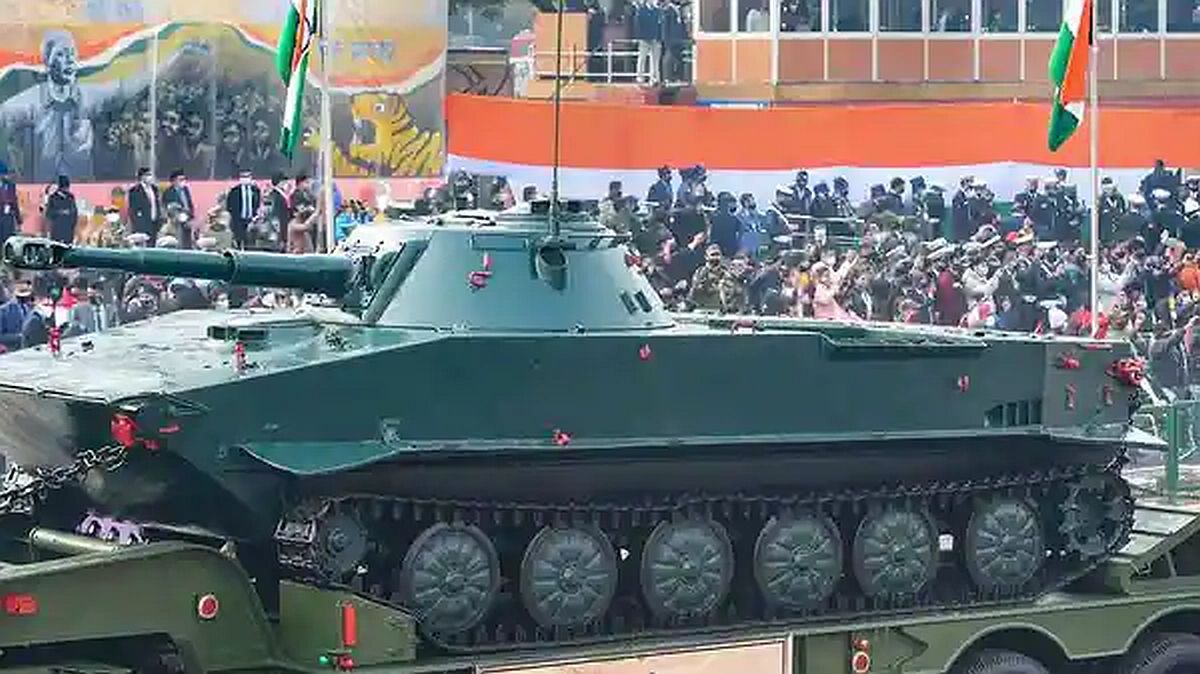
Brussels, Sep 9 (AP) European Union countries are buying too much of their defence equipment abroad, almost two thirds of it in the US, and failing to invest enough in joint military projects, a landmark report on EU competitiveness warned on Monday.
The 27 member states are also failing to make best use of Europe's research and development capacities to modernise their armed forces, with just a fraction the level of US investment, said the report by former Italian prime minister and European Central Bank chief Mario Draghi.
The report comes as the EU continue to struggle to find enough weapons and ammunition to help Ukraine survive the full-scale Russian invasion, now in its third year, and to kickstart Europe's defence industry.
Europe is wasting its common resources. We have large collective spending power, but we dilute it across multiple different national and EU instruments, said Draghi's report, which has been a year in the making and is likely to fuel an overhaul of the bloc's industrial strategy.
Part of the problem, it said, is failing to invest properly in Europe to create stronger defence firms.
We are still not joining forces in the defence industry to help our companies to integrate and reach scale, it said. The report pointed out that "we also do not favour competitive European defence companies.
The report notes that, between mid-2022 and mid-2023, 63 per cent of all EU defence orders were placed with US companies, and a further 15 per cent with other non-EU suppliers. Last week, the Netherlands joined a list of EU members to order big budget US-made F-35 warplanes.
Across the 27 nations in 2022, defence research and development spending amounted to 10.7 billion euros (USD 11.8 billion) just 4.5 per cent of the total compared with USD 140 billion in the US, or around 16 per cent of all defence spending.
NATO allies almost all of whose members are part of the EU have been ramping up defence spending since Russia annexed Ukraine's Crimean Peninsula in 2014. Their aim is for each country to spend at least 2 per cent of gross domestic product on their national defense budget.
Consecutive US leaders have been exhorting European allies and Canada to spend more on defence for more than a decade, although former President Donald Trump was the only one to threaten to refuse to defend any country that did not respect the goal. Much of the money goes back to US industry.
NATO forecasts that 23 of its 32 members will meet or exceed the 2 per cent target by the end of the year, up from just three countries in 2014. Western defence spending has been further spurred by Russia's fully fledged invasion of Ukraine in 2022.
On top of this, NATO allies also want to dedicate at least 20 per cent of their national defence expenditure to major new equipment. That includes funds for research and development, which is crucial for modernizing their armed forces.
The report highlighted the shortcomings of countries investing in their national defence industry rather than joint procurement. When Ukraine appealed for artillery, for example, EU countries supplied 10 types of howitzers. Some use different 155 mm shells, causing logistical headaches.
In contrast, the A-330 Multi-Role Tanker Transport plane was developed jointly, and this allowed participating countries to pool resources and share operating and maintenance costs.
The 27 member states are also failing to make best use of Europe's research and development capacities to modernise their armed forces, with just a fraction the level of US investment, said the report by former Italian prime minister and European Central Bank chief Mario Draghi.
The report comes as the EU continue to struggle to find enough weapons and ammunition to help Ukraine survive the full-scale Russian invasion, now in its third year, and to kickstart Europe's defence industry.
Europe is wasting its common resources. We have large collective spending power, but we dilute it across multiple different national and EU instruments, said Draghi's report, which has been a year in the making and is likely to fuel an overhaul of the bloc's industrial strategy.
Part of the problem, it said, is failing to invest properly in Europe to create stronger defence firms.
We are still not joining forces in the defence industry to help our companies to integrate and reach scale, it said. The report pointed out that "we also do not favour competitive European defence companies.
The report notes that, between mid-2022 and mid-2023, 63 per cent of all EU defence orders were placed with US companies, and a further 15 per cent with other non-EU suppliers. Last week, the Netherlands joined a list of EU members to order big budget US-made F-35 warplanes.
Across the 27 nations in 2022, defence research and development spending amounted to 10.7 billion euros (USD 11.8 billion) just 4.5 per cent of the total compared with USD 140 billion in the US, or around 16 per cent of all defence spending.
NATO allies almost all of whose members are part of the EU have been ramping up defence spending since Russia annexed Ukraine's Crimean Peninsula in 2014. Their aim is for each country to spend at least 2 per cent of gross domestic product on their national defense budget.
Consecutive US leaders have been exhorting European allies and Canada to spend more on defence for more than a decade, although former President Donald Trump was the only one to threaten to refuse to defend any country that did not respect the goal. Much of the money goes back to US industry.
NATO forecasts that 23 of its 32 members will meet or exceed the 2 per cent target by the end of the year, up from just three countries in 2014. Western defence spending has been further spurred by Russia's fully fledged invasion of Ukraine in 2022.
On top of this, NATO allies also want to dedicate at least 20 per cent of their national defence expenditure to major new equipment. That includes funds for research and development, which is crucial for modernizing their armed forces.
The report highlighted the shortcomings of countries investing in their national defence industry rather than joint procurement. When Ukraine appealed for artillery, for example, EU countries supplied 10 types of howitzers. Some use different 155 mm shells, causing logistical headaches.
In contrast, the A-330 Multi-Role Tanker Transport plane was developed jointly, and this allowed participating countries to pool resources and share operating and maintenance costs.
Source: ASSOCIATED PRESS
DISCLAIMER - This article is from a syndicated feed. The original source is responsible for accuracy, views & content ownership. Views expressed may not reflect those of rediff.com India Limited.
You May Like To Read
TODAY'S MOST TRADED COMPANIES
- Company Name
- Price
- Volume
- Vodafone Idea L
- 13.20 ( -1.20)
- 64649244
- Rama Steel Tubes
- 14.94 ( -10.00)
- 36564037
- Rajnish Wellness
- 3.51 ( -4.10)
- 32035178
- Toyam Sports
- 3.91 (+ 1.56)
- 31865632
- Srestha Finvest
- 1.85 ( -3.14)
- 28710579
MORE NEWS
Sikkim Partners with NID to Boost Creative Economy
Sikkim government signs MoU with NID Ahmedabad to promote creative economy, leveraging...
India Opportunities Fund Sells Electrosteel...
India Opportunities Growth Fund sold a 1.7% stake in Electrosteel Castings for Rs 219...
PN Gadgil Jewellers Raises Rs 330 Cr from...
PN Gadgil Jewellers has raised Rs 330 crore from anchor investors ahead of its IPO. The...



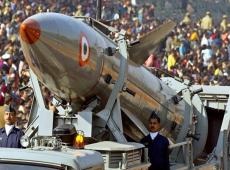
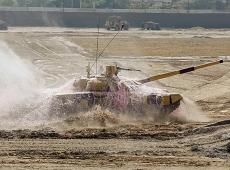
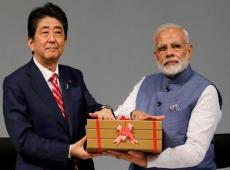
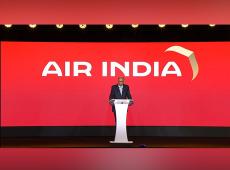




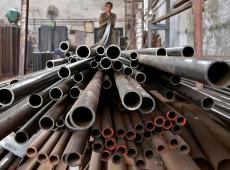
 © 2024 Rediff.com India Limited. All rights reserved.
© 2024 Rediff.com India Limited. All rights reserved.